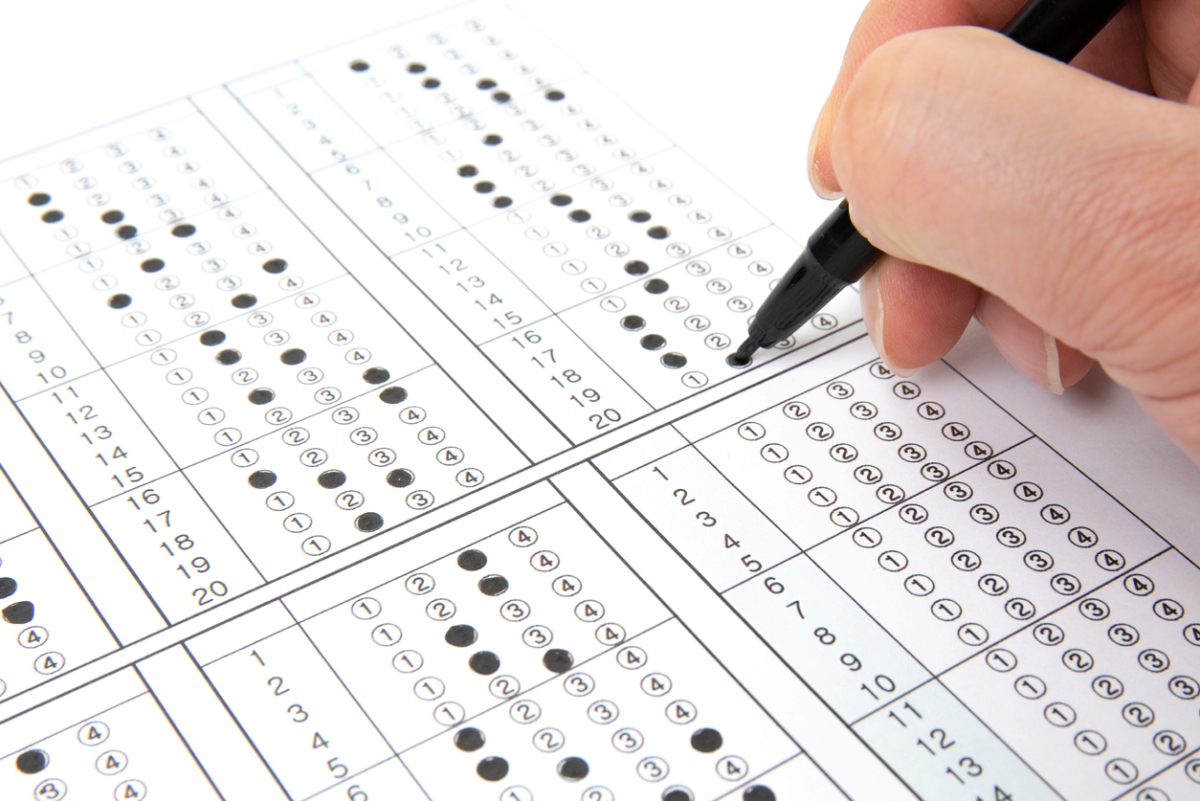Striking a balance
The National Education Policy suggests that rich Indian legacies must not only be preserved but also researched and put to new uses through education
Digitalising examination modules can realign the structure of assessments to help meet the objective of conducting tests in a fair and cost effective manner.

(Photo: Getty Images)
The Indian education system relies on examinations as the sole key to assess students understanding and aptitude. Over the years, examinations have garnered importance as well as a special place in the education system. The boards and graduation examinations are considered pivotal points in the academic as well as professional life of a student. The marks obtained at these examinations help students at various points, admissions, career and even securing a low-interest education loan.
Technological access in our examination module is yet to revolutionise the system. Our examination module currently lacks the touch of technology to increase the security of exams to avoid miscreants tampering with examination papers. Technology is the solution to an error free examination delivery. It can realign the structure of examinations to help meet the end goal of conducting examinations in a cost effective manner.
Ring-fencing exam system: Currently, the exam system is plagued by two perennial problems—paper leaks and evaluation errors. If we look closely at these two problems in their isolation, they can cause a loss of trust in the concerned examination board or the university. Paper leaks pile up undue pressure on students to re-appear for the same exam, in several cases, increase anxiety, and stress levels amongst the students. Evaluation errors are common phenomena that occur naturally when evaluators correct bundles after bundles of answer papers daily.
Advertisement
The scope for making minute errors such as the evaluator forgetting to mark an entire section or making totaling mistakes is quite high. Technological interventions in the examination system can mitigate the pressure of managing the examination process, faculty as well as students. The delivery of examination papers is one of the primary reasons for paper leaks. The manual process involves too many people, right from the creation of the question paper until it reaches the end users. Such access allows many a miscreant to tamper with the data. Technology can now encode the question papers on the cloud and decode the same barely minutes before the exam. The highspeed printers decode the data from the cloud when the controller of the examination centre feeds in the OTP. This process eliminates multiple individuals from gaining access to such confidential data. It also eliminates the need for storage of the question papers and thus reduces the cost of managing the examination process.
The complex exam process: Evaluation of papers is a cumbersome process wherein evaluators review hundreds of answer sheets with varying fonts and handwriting styles. In a manual method, the evaluated papers are rechecked on a random basis where a paper is picked randomly from a bundle to check for errors. This is neither an accurate nor a time-efficient method. Year-on-year, students often apply for revaluation, a sign of the loss of faith in the examination board. To eliminate errors such as totaling and not missing out on correcting answers to certain questions or sections, technology can be a huge asset. Once the answer sheet is scanned, teachers can evaluate the papers just as in the manual method.
The upside to such a technology is that the algorithms of the programme alert the evaluator in case they have missed marking an answer or if they have skipped a section. The programme also totals the marks, thus leaving no scope for errors in the final score. Such technological additions can boost the accuracy and efficiency of the system.
Poor acceptance: While a few institutes and boards have been accepting and open to the route of technology in the education sphere, many universities and boards are yet to embrace and benefit from the efficiency of technology. There is a misconception that the infusion of technology into the system would increase the cost or it would be harder for the faculty and students. There needs to be a change in perception as technology provides for an easy user-based interaction while it brings the cost down as exam bodies can now eliminate many of the indirect costs. Technology is the route that will empower schools and universities to regain the trust that has been lost over the years.
Advertisement